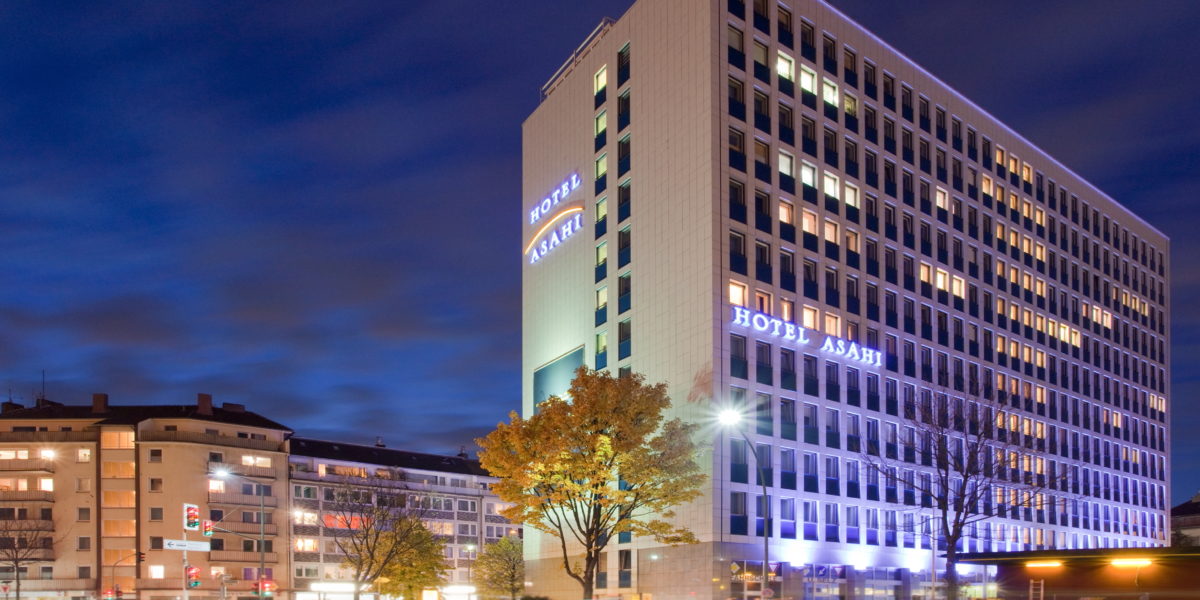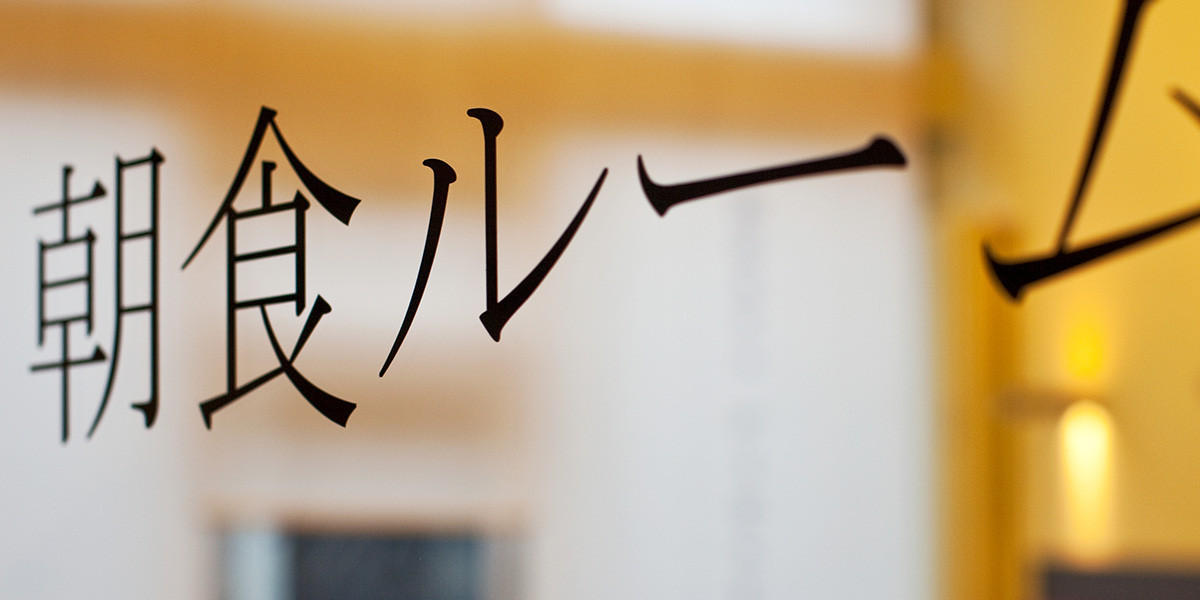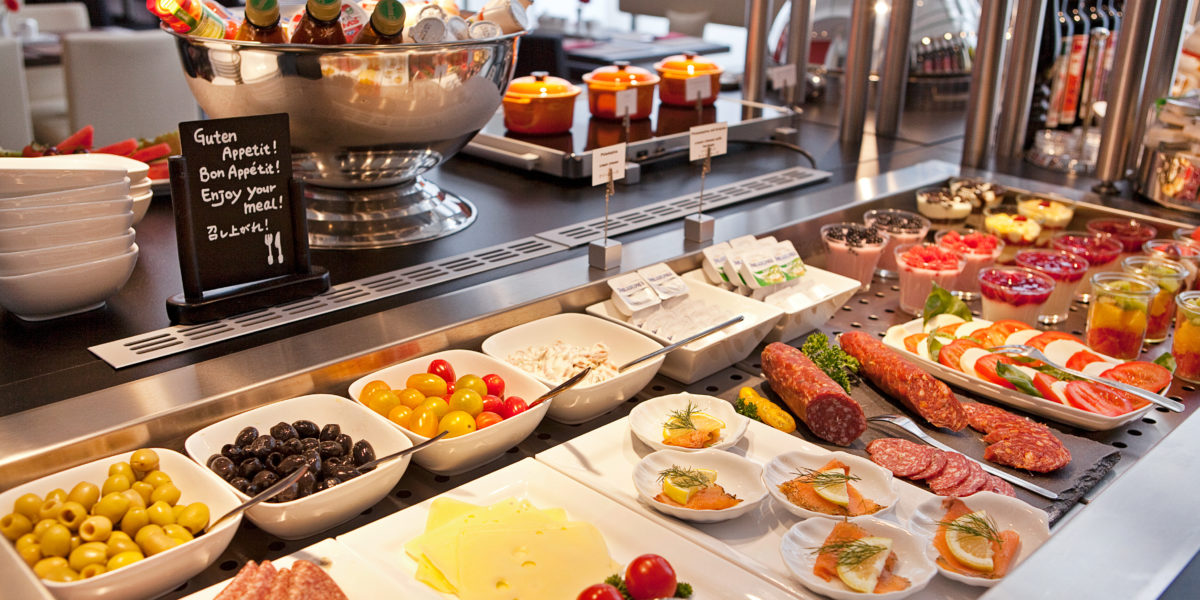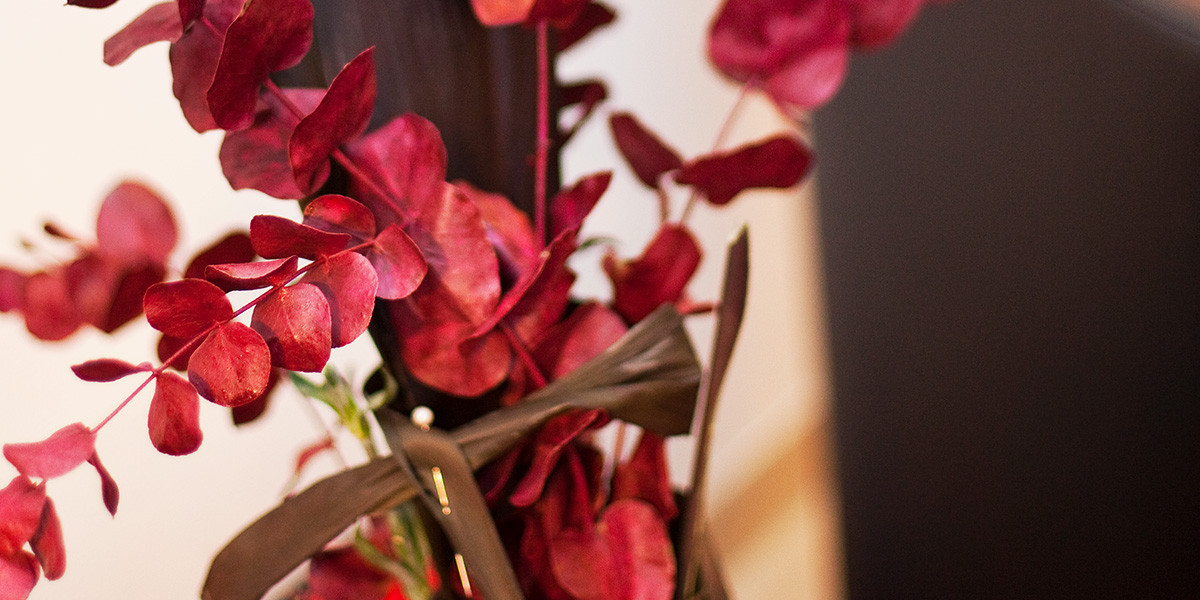Welcome to Düsseldorf
In this unique neighbourhood you will find numerous Japanese supermarkets, bookstores, restaurants and much more. Let “Japan’s capital on the Rhine” work its magic on you!
The facility in Nordpark is 5,000 m2 in size and cost at the time 1.8 Marks. It has long since been one of the favourite places for Düsseldorfers. A trail leads people through the part, which is built on the garden with pond design and is referred to as a pleasure garden. “A garden of the senses”, it provides an oasis of quiet in the middle of our lively city.
The building complex consists of the residential tract, the corps de logis, which is flanked by two wings and two gate houses. As fits a summer residence, the architecture of the palace and garden are harmonised with each other. The palace, gardens, hunting park and water facilities are a formal and functional unit.
Today, Schloss Benrath is home to several museums. The corps de logis can be viewed on guided tours. There are also periodic musical events here and rotating exhibitions displayed. The east wing is home to the European Museum of Garden Art and the west wing is home to the Museum of Natural Science. In 1996, the entire palace complex was placed under protected monument status by the city of Düsseldorf.
You can easily reach Schloss Benrath from Hotel Asahi in 15 minutes by car.
Nevertheless this quarter has retained its port character. Warehouses, quay walls, open stairways, cast iron pillars, rail yards, cranes and forged iron rails are all under protection as monuments. Modern companies now occupy the renovated warehouses and offer the widest range of services and profit from the image of the MediaHafen, a unique atmosphere of working right on the water.
In the matter of “cuisine”, the Mediahafen also has a lot to offer. The range of offerings extends from “currywurst” to star-rated restaurants. At noon the employees of the firms located here can grab a quick business lunch while in the evening hipsters can enjoy a pleasant cocktail before partying the night away in the cool clubs.
There are also large, exclusive shopping centres in the Königsallee, such as the Kö-Gallery, the Stilwerk and Sevens. If you need a break from all the shopping, you can find a place to watch the colourful traffic stream by in one of the street cafés and restaurants. The opulent street is also the largest catwalk in the city, where the rich and beautiful present the newest fashion trends to the public. The tree-lined Kö-Graben with its bridges and fountains also contributes to the special flair of this boulevard.
Düsseldorf also has other shopping quarters beyond the Königsallee. The Schadowstraße is one of the most-frequented shopping miles in Germany and in the old city you will find small boutiques with individual fashions right next to fashion chains such as H&M, Zara, Esprit, etc.
Alongside these areas, creative sections of the city, such as Flingern-Nord, have developed where the young creative scene has opened up small, trendy shops.
Cologne is the largest city in North Rhine-Westphalia and after Berlin, Hamburg and Munich, the fourth largest city in Germany. Founded by the Romans, Cologne looks back on a 2,000-year history that one can still experience in its cityscape today. The most famous landmark of the city is the Cologne Cathedral, which is an absolute “must-see”. Cologne also offers a lively cultural scene and is known for many important international events.
Oberhausen is located in the middle of the Ruhr region and is synonymous with the successful structural transformation from a centre of heavy industry to a centre of the service and tourism industries. The “New Centre of Oberhausen” was developed through urban renewal measures and investments in the infrastructure. Its core is CentrO, the largest shopping centre in Europe. The former Gasometer is another city landmark; it is home to regular events and exhibitions.
Neuss is a city located on the other side of the Rhine from Düsseldorf, known today especially for its ports, which handle vast amounts of cargo. Thanks to its very favourable location with respect to various waterways (Rhine, Erft, Rhur), the Romans were the first to erect a fortress there, which makes Neuss one of Germany’s oldest cities.
The Rheinbahn is Düsseldorf’s local corporation for public transportation and transports its passengers with more than 700 buses and trains over around 100 lines. The Rheinbahn is connected to the transportation network for the Rhine-Ruhr region so that intercity and regional railways belonging to the Deutsche Bahn national railway can be used. You can get schedule information at 01803 504 030 (9 cents per minute) or online on the website for the Rheinbahn (www.rheinbahn.de).
From the main railway station in Düsseldorf and numerous other stops, the city is connected to the national railway network of the Deutsche Bahn. This guarantees rapid connections with cities here in Germany and abroad. You can get schedule information and book tickets on the Deutsche Bahn website.
Bicycle
The slight slopes and short routes in Düsseldorf offer cyclists ideal conditions. These conditions allow you to reach excursion sites as well as cultural and social institutions easily and quickly by bicycle – omitting the annoying search for a parking place. The city of Düsseldorf offers a lot of information and tips for cyclists on its website and using the NRW Radroutenplaner (www.radroutenplaner.nrw.de) you can put together the most appealing routes.
Cars
Could it get tight on your way through the city or when searching for a parking place? Before you try to get to the inner city in your car on a Saturday, you should get information about the current traffic situation. The Informational Office of the Bureau for Traffic Management (www.duesseldorf.de/verkehrsmanagement) will show you more detailed information about parking in Düsseldorf, occupancy in parking garages (also available on WAP-mobile!), construction sites and the locations of surveillance systems.
Taxi
You need it after the party, before starting off on holiday and any time you need to or want to leave your own car behind. Sometimes taxis are just indispensable.
You can find telephone numbers and rates of local taxi companies at http://www.duesseldorf.de/unterwegs/in-dus/index.shtml.
Airport
The Düsseldorf Airport is Germany’s third largest airport and the most important international hub in NRW. More than 16 million passengers take off and land here every year. You can view departure and arrival times on the website for the Düsseldorf Airport (www.dus.com). With its own railway station, the airport is also very well connected to the regional and national railway networks.
The art and cultural scene in Düsseldorf has a lot to offer visitors. The range extends from the classical to the modern, from opera and theatre to pop concerts. Numerous museums display the works of past masters as well as those of contemporary artists. The world-famous Düsseldorf Academy of Art opens its doors once a year for several days and offers its students the change to present their works to the public.
Düsseldorf’s roots as a city of the arts reach far back: More than 300 years ago, Prince Elector Jan Wellem initiated Düsseldorf’s development into a major modern city and, with his second wife, Anna Maria Luisa de Medici, assembled a significant art collection. This laid the foundation for Düsseldorf becoming famed throughout Europe as a centre of high culture. Today the city offers its visitors a vibrant cultural scene with 26 museums and more than 100 galleries, hosting a multitude of exhibitions. Among its most famous museums are the Kunstsammlung Nordrhein-Westfalen and the Museum Kunstpalast.



